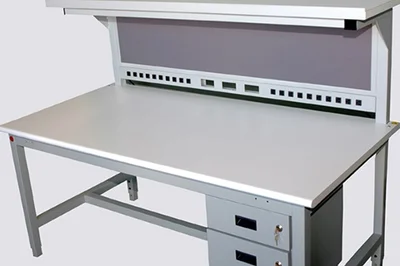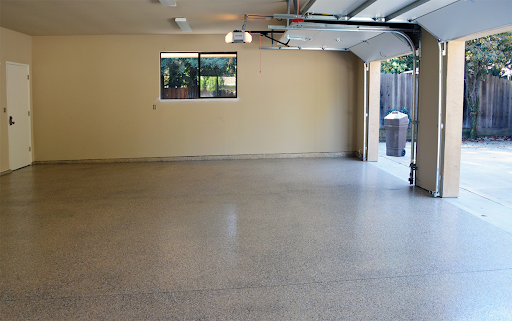Selecting the right heavy duty steel workbench represents a critical investment for professional workshops, manufacturing facilities, and serious hobbyists who demand unwavering performance from their work surfaces. The complexities surrounding workbench selection extend far beyond simple aesthetics, encompassing structural engineering principles, material science considerations, and ergonomic factors that directly impact productivity and safety. Modern industrial environments require work surfaces capable of withstanding extreme loads, resisting wear from heavy machinery, and maintaining dimensional stability under varying environmental conditions while providing the versatility needed for diverse operational requirements.
Understanding Load Capacity Specifications
The foundation of any quality steel workbench lies in its load-bearing capacity, which manufacturers typically express through static and dynamic load ratings. Static load capacity refers to the maximum weight the bench can support when stationary, while dynamic load capacity accounts for forces generated during active work processes such as hammering, pressing, or machining operations.
Professional-grade workbenches should demonstrate static load capacities ranging from 2,000 to 10,000 pounds, depending on intended applications. However, these specifications require careful interpretation. Distributed loads across the entire work surface differ significantly from concentrated point loads, which can create stress concentrations leading to structural failure.
The critical factor often overlooked involves the relationship between load capacity and deflection. Even within rated capacity limits, excessive deflection can compromise work accuracy and tool performance. Quality manufacturers provide deflection specifications, typically measured at maximum load, with acceptable limits generally falling below 0.050 inches for precision work applications.
Steel Construction and Welding Quality
The structural integrity of steel workbenches depends heavily on material selection and fabrication techniques. Cold-rolled steel offers superior dimensional stability and surface finish compared to hot-rolled alternatives, though at increased cost. Gauge thickness becomes paramount, with professional applications typically requiring 12-gauge or heavier construction for work surfaces and 14-gauge minimum for supporting structures.
Welding quality directly impacts long-term durability and load distribution capabilities. Continuous welds provide superior strength compared to intermittent welding patterns, particularly at critical stress points such as leg-to-frame connections and cross-bracing joints. Look for evidence of proper heat treatment post-welding, which relieves internal stresses that could lead to premature failure.
Frame geometry plays an equally important role in overall stability. Triangulated bracing systems distribute loads more effectively than simple rectangular frameworks, while reinforced corner connections prevent racking under lateral forces. The optimal design incorporates both horizontal and diagonal bracing elements strategically positioned to maximize structural efficiency.
Surface Treatment and Durability Considerations
Surface preparation and coating systems significantly influence workbench longevity and maintenance requirements. Powder coating provides superior corrosion resistance compared to traditional paint systems, particularly in environments with high humidity or chemical exposure. The coating thickness should meet or exceed 3-4 mils for adequate protection, with color-matched touch-up materials available for maintenance.
Some applications benefit from specialized surface treatments such as zinc plating or galvanizing for extreme corrosion resistance, though these options typically increase costs substantially. Consider the operating environment carefully when evaluating surface treatment options, as inadequate protection can lead to premature deterioration and costly replacement.
Work surface materials vary significantly in their characteristics and suitability for different applications. Bare steel surfaces offer maximum durability for heavy-duty applications but may require periodic maintenance to prevent rust. Laminated surfaces provide excellent chemical resistance and easy cleaning but may not withstand heavy impact loads. Hardwood surfaces offer natural shock absorption and tool-friendliness but require more frequent maintenance and replacement.









